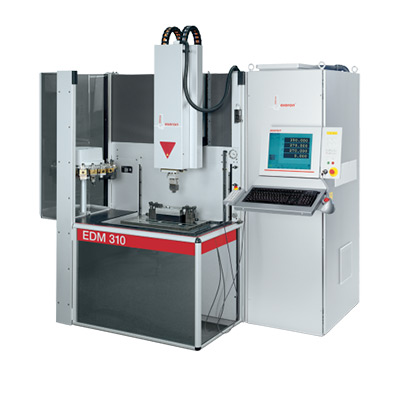brake hose motorcycle
The Importance of Brake Hoses in Motorcycles A Comprehensive Guide
When it comes to motorcycle safety, few components are as crucial as the brake system. Among the various parts that make up this system, the brake hose plays a pivotal role. Understanding the function, types, maintenance, and potential issues related to brake hoses can greatly enhance a rider's safety and performance.
What is a Brake Hose?
A brake hose is a flexible tube that connects the brake caliper (or drum) to the hard brake lines or the master cylinder. When you pull the brake lever or press the brake pedal, hydraulic fluid is transmitted through the brake hose to the calipers, which then activates the brake pads to grip the rotor and slow down the motorcycle. The quality and condition of the brake hose directly influence the efficiency of the braking system.
Types of Brake Hoses
There are primarily two types of brake hoses used in motorcycles rubber and stainless steel braided.
1. Rubber Brake Hoses These are the most common type of brake hoses found on motorcycles. They are typically made from synthetic rubber reinforced with fibers for added strength. While they are flexible and easy to manufacture, rubber hoses can degrade over time due to exposure to oil, moisture, and sunlight. Regular inspections are necessary to ensure they remain in good condition.
2. Stainless Steel Braided Hoses An upgrade from rubber hoses, stainless steel braided hoses provide superior performance and durability. They are designed to resist expansion under pressure, ensuring a more responsive and firm brake feel. Although they are more expensive, their robustness often justifies the investment, especially for performance-oriented riders.
Maintenance Tips
Maintaining your brake hoses is essential for safe motorcycle operation
. Here are some tips to ensure your brake system remains in optimal condition- Regular Inspections Check your brake hoses periodically for any signs of wear, such as cracks, bulges, or leaks. Pay attention to the ends where they connect to brake components, as these are common failure points.
brake hose motorcycle

- Flush Brake Fluid Brake fluid should be changed every couple of years, as it can absorb moisture over time, leading to corrosion and reduced braking efficiency. During a fluid change, it’s a good opportunity to inspect the hoses.
- Avoiding Heat Brake hoses can be susceptible to heat damage, especially if they are located close to hot engine components. Ensure that hoses are properly routed and shielded from heat whenever possible.
- Professional Checks If you are unsure about the condition of your brake hoses, it’s wise to consult with a professional mechanic. They can provide a thorough inspection and suggest any necessary replacements.
Signs of Trouble
Being aware of the signs that your brake hoses may need attention is crucial. Here are a few warning indicators
- Soft Brake Lever If the brake lever feels unusually soft or spongy, it may indicate air trapped in the system or a compromised brake hose.
- Brake Fluid Leaks Visible signs of brake fluid around the hose connections should never be ignored. A leak can lead to complete brake failure.
- Hosed Kinking or Twisting A hose that twists or bends too sharply during operation can restrict fluid flow, leading to inconsistent braking performance.
Conclusion
In conclusion, the brake hose is an integral part of any motorcycle’s braking system, affecting not only the performance but also the safety of the ride. Whether you have rubber or stainless steel braided hoses, regular maintenance and prompt attention to any signs of wear or malfunction are vital for ensuring your motorcycle is safe and enjoyable to ride. Remember, your safety depends heavily on your brake system, and the brake hose is where it all begins. Stay vigilant, and happy riding!
-
Ultimate Spiral Protection for Hoses & CablesNewsJun.26,2025
-
The Ultimate Quick-Connect Solutions for Every NeedNewsJun.26,2025
-
SAE J1401 Brake Hose: Reliable Choice for Safe BrakingNewsJun.26,2025
-
Reliable J2064 A/C Hoses for Real-World Cooling NeedsNewsJun.26,2025
-
Heavy-Duty Sewer Jetting Hoses Built to LastNewsJun.26,2025
-
Fix Power Steering Tube Leaks Fast – Durable & Affordable SolutionNewsJun.26,2025

